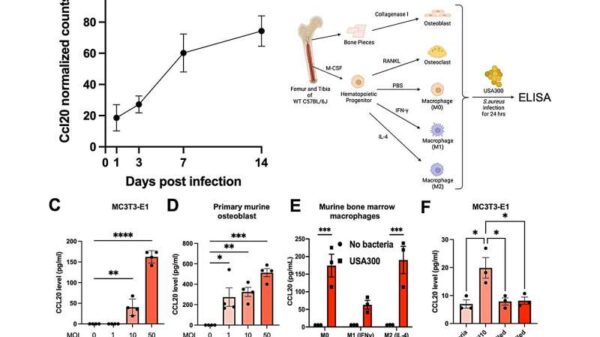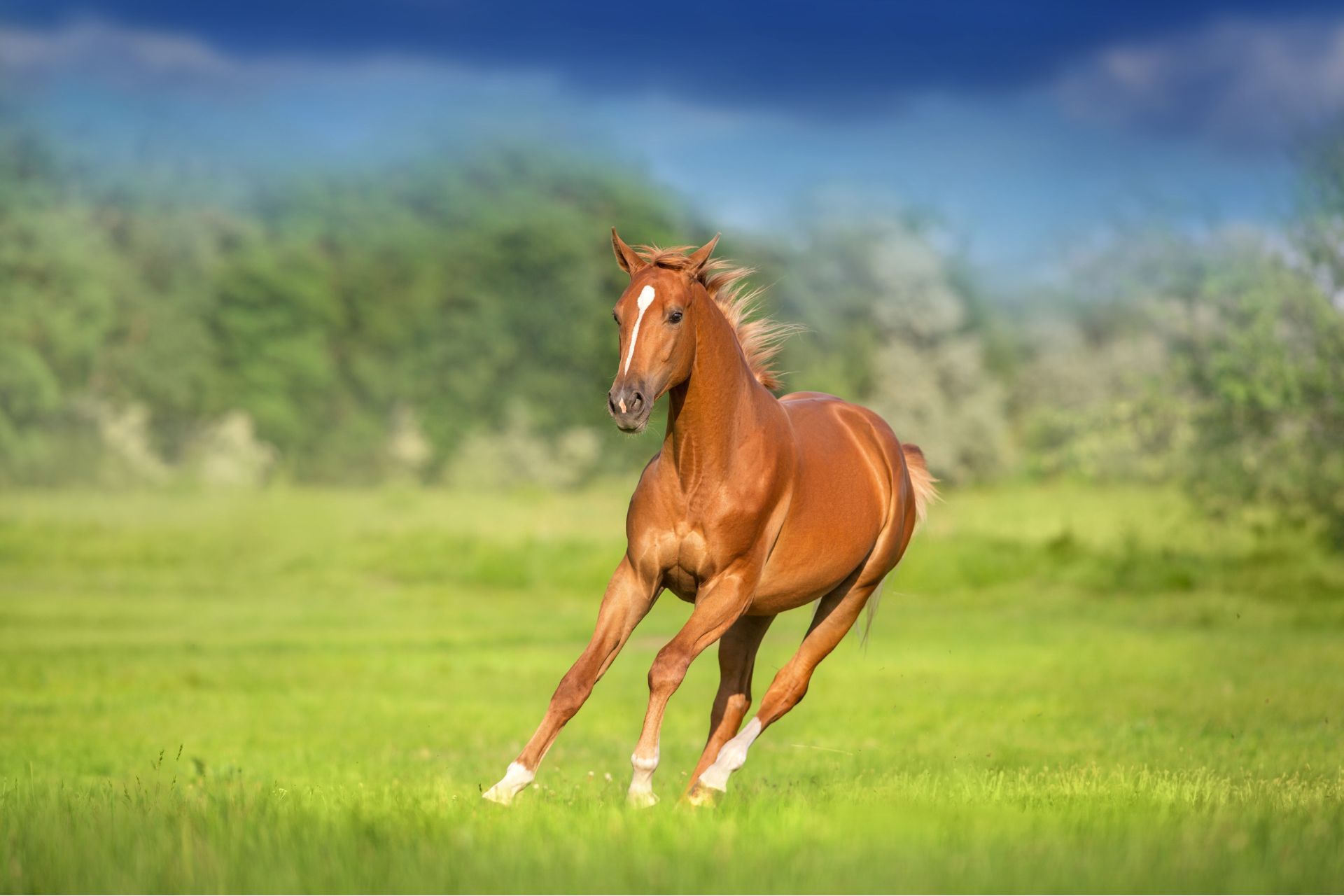BREAKING: New research published on August 28, 2023, reveals groundbreaking insights into how humans domesticated horses, a bond that transformed human civilization. This study, detailed in the journal Science, uncovers the genetic shifts that made horses tame and rideable, shedding light on a pivotal moment in history that still impacts horse breeding and conservation today.
Scientists led by Ludovic Orlando from the French National Centre for Scientific Research spent over 15 years analyzing ancient horse genomes, dating back nearly a million years. Their findings identify 266 genetic markers associated with traits essential for domestication, including behavior and athleticism. This urgent discovery not only rewrites the history of horse domestication but also has immediate implications for modern breeding practices.
The researchers pinpointed crucial genetic changes that occurred around 5,000 years ago, during the early stages of horse domestication. They discovered that selective breeding favored a genetic region linked to the ZDPM1 gene, a behavior modulator in mice, suggesting that taming horses was one of the first steps towards domestication. This crucial insight highlights the importance of genetic selection in shaping the traits that allowed horses to become essential partners in transportation and warfare.
Approximately 250 years later, humans intensified their selective breeding efforts for the GSDMC locus, a DNA region tied to vital physical characteristics such as body confirmation and coordination. This period coincides with the “domestication bottleneck,” where genetic diversity sharply decreased due to concentrated breeding efforts. Orlando emphasized, “The selection was not only very strong, but the timing was bang on,” indicating a direct link between genetic selection and the capabilities of modern horses.
To validate these findings, co-author Lin Jiang from the Chinese Academy of Agricultural Sciences conducted experiments modifying the GSDMC DNA region in mice. She and her team observed significant physiological changes, including increased strength and enhanced locomotion, mirroring the physical adaptations necessary for riding and load-bearing in horses. Jiang described these biological effects as “mind-blowing,” further solidifying the connection between genetic changes and the evolution of domesticated horses.
Interestingly, this research challenges long-held beliefs that horse domestication began with the selection of diverse coat colors for identification purposes. Orlando remarked, “What was really surprising to me is that we don’t see evidence of color being the trigger in the very beginning.” This revelation not only alters our understanding of horse breeding history but also emphasizes the need for a reassessment of breeding practices today.
Moreover, the study highlights a pressing issue: approximately 16% of the genetic diversity in modern horses has been lost over the past 200 years due to selective breeding. Orlando noted, “Ancient DNA analysis can tell scientists a lot about history but can also guide modern breeding practices.” As horses continue to play vital roles in various cultures worldwide, understanding these genetic changes is crucial for future conservation efforts.
As this story develops, researchers urge breeders and conservationists to consider these findings to enhance the health and diversity of horse populations today. The implications of this study resonate beyond academia, impacting the agricultural sector, equestrian sports, and animal welfare initiatives globally.
Stay tuned for more updates on the evolving story of human-horse relationships and their genetic foundations. This discovery is not just about the past; it shapes the future of horse breeding and conservation efforts.



































































